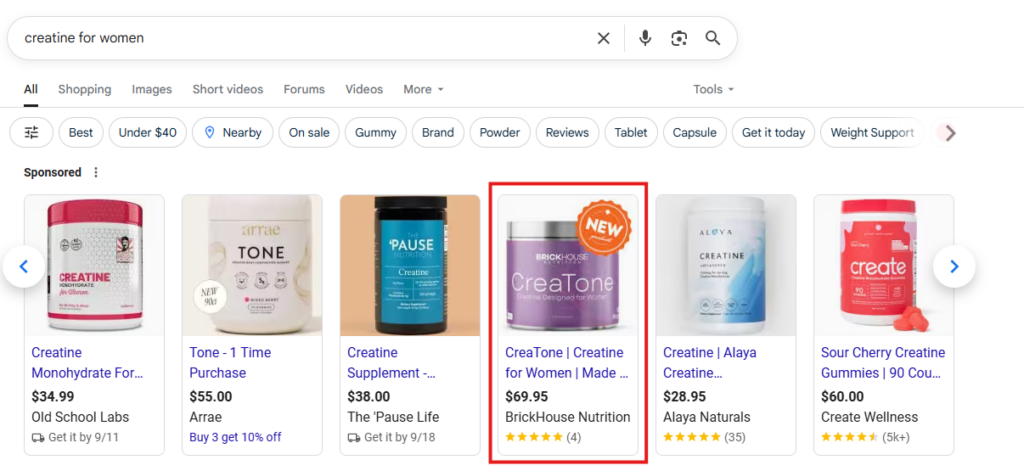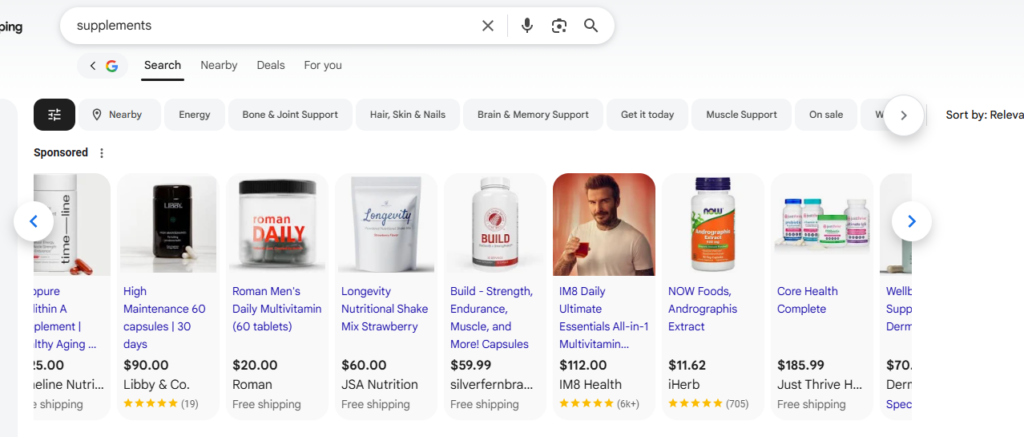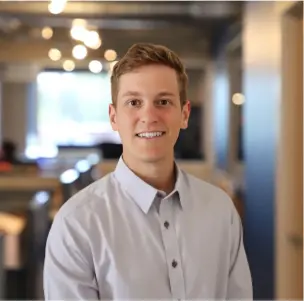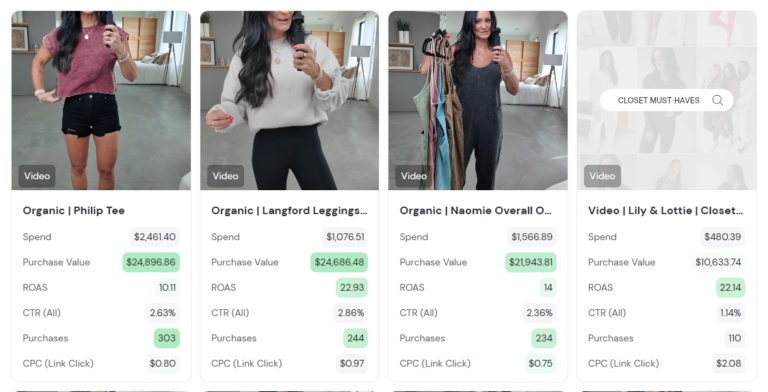
There’s been a major shift happening inside Google Shopping, and no one’s really talking about it, because Google isn’t making a big announcement.
The signs are all there: Google is starting to get a lot more relaxed with its own Shopping ad policies, and if you’re not paying attention, you’re missing one of the biggest opportunities to boost performance on the platform right now.
The reason? Google is trying to chip away at Amazon’s dominance. With over 1.2 billion searches on Google Shopping every month, they’re pushing harder than ever to keep buyers in their ecosystem. And if that means loosening a few long-standing policy rules to get better results? So be it.
What’s Actually Happening on the Platform
For years, Google had strict rules around overlays on Shopping product images, no promotional text, no logos, and definitely no faces. That’s quietly changed.
Here’s what we’re seeing across the board:
- Promotional Overlays Are Slipping Through: Ads with “20% OFF” or “NEW PRODUCT” banners, brand logos, and lifestyle elements in the actual product image are staying live longer without penalties.

- Big Names Are Blowing Past Guidelines: David Beckham’s brand ran images of his face directly in the product tile, something that absolutely would’ve been flagged in the past. It wasn’t.

- Discount Messaging Is Sticking: Advertisers have been showing discounts right in the image for weeks before receiving any flag. And many don’t receive one at all.
Some of these examples don’t even make sense to have on the platform. From the product listing alone, we have no idea what David Beckham is really selling.
Google isn’t saying this is allowed, but they’re absolutely letting it happen. Why? Because it works.
Google Knows It’s Working
We didn’t want to guess. So we ran the test ourselves.
We added product overlays to select Shopping product images in a number of our accounts. Nothing wild, just simple product splashes and a few “NEW PRODUCT” icons. And the result was immediate: CTR jumped over 15% for those listings.

When your ad thumbnails become more scroll-stopping in a carousel full of white backgrounds and static images, it’s no surprise that performance improves. That’s why we’re not treating this as an experiment anymore.
We’re rolling this out as a best practice across our portfolio.
As long as these ads stay live and perform, and Google continues to look the other way, we’re going to lean in to it. That doesn’t mean breaking rules just for the sake of it, but it does mean being aggressive in the windows where results are real and enforcement is light.
The platform is changing. Shoppers want visual clarity, standout offers, and more context up front.
This is the difference between your average media buyer and the best-of-the-best. Taking advantage of opportunities, no matter how small, for the benefit of the business.
Google Is Encouraging Something They’re Actively Prohibiting
Google’s official Shopping policies still prohibit promotional overlays in product images, no text, no pricing, no logos, no lifestyle cutouts. That hasn’t changed. What has changed is the way Google is building their own tools.
Their newly launched Asset Studio now lets advertisers create product-focused visuals directly inside the Google Ads platform. The kicker? These tools include overlays, the exact same things their policy says are disallowed.
- Shopping creatives now allow policy-breaking elements: You can add overlays, badges, pricing, and lifestyle imagery that used to get flagged.
- Google is sending a clear signal: They’re telling you not to do it, while giving you the exact tools to make it happen.
- This shift is all about competition: They’re loosening enforcement to go head-to-head with Amazon’s visual-heavy, promotion-first Shopping experience.
This is the contradiction: Google is actively encouraging the kind of content it still technically bans. But if they’re offering the tool, and they’re not enforcing the rules, you should pay attention to what really matters, what works.
Why This Matters
If you’re focused on growth through Google Ads, Shopping is the place to win right now, but only if you’re evolving your creative strategy.
- Google Shopping is one of the most scalable acquisition channels for ecommerce brands. It’s also where the competition is softest, if you’re aggressive with content.
- Great creative now outperforms perfect product titles or niche keywords. With AI writing your copy and machine learning optimizing your bids, creative is the last real lever.
- If you’re still relying on plain white-background images with zero branding, you’re missing the moment. Google is rewarding bold, click-worthy visuals.
You don’t need to go rogue, but you do need to push the edge. Test overlays. Try lifestyle imagery. Use Asset Studio to generate variants. Your competitors already are.
This is one of those rare windows where Google’s not enforcing the rules they’ve written. That’s not going to last forever. If you’re smart, you’ll take advantage now, test faster, get your CTR up, and own your category before the rulebook tightens again.
Need help building shopping creative that stands out, and stays compliant (or close)? Let’s build it together. Book a call with our team, and we’ll map out a creative strategy built to convert in today’s more relaxed Google Shopping environment.






no replies